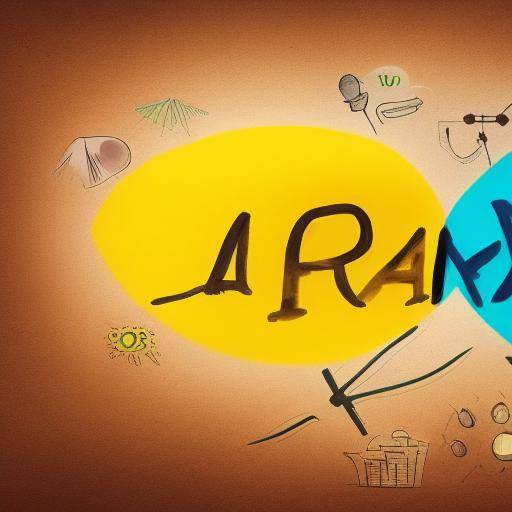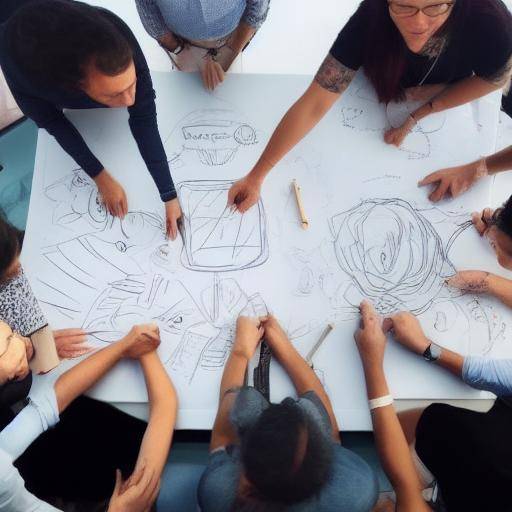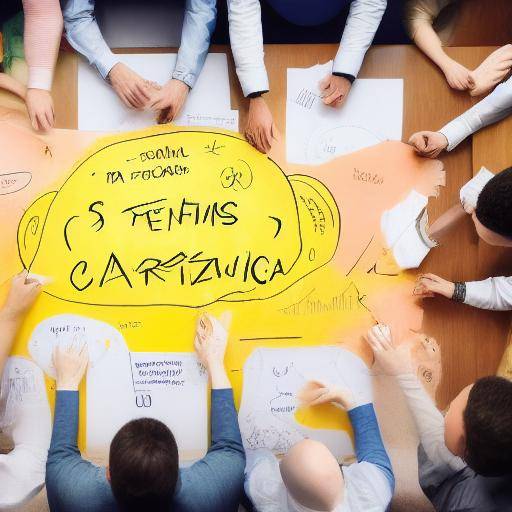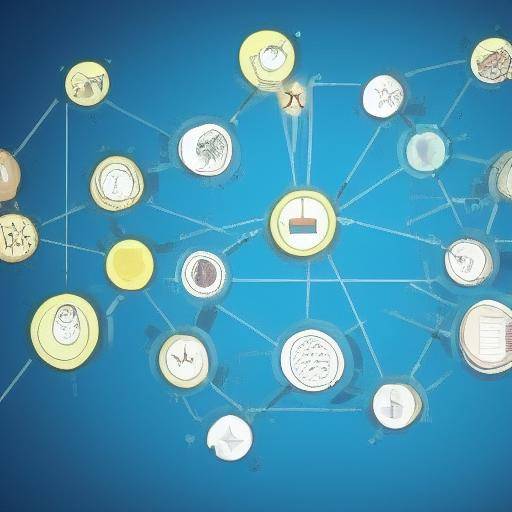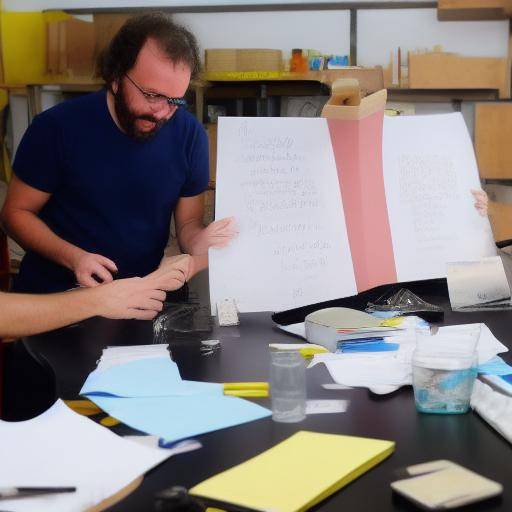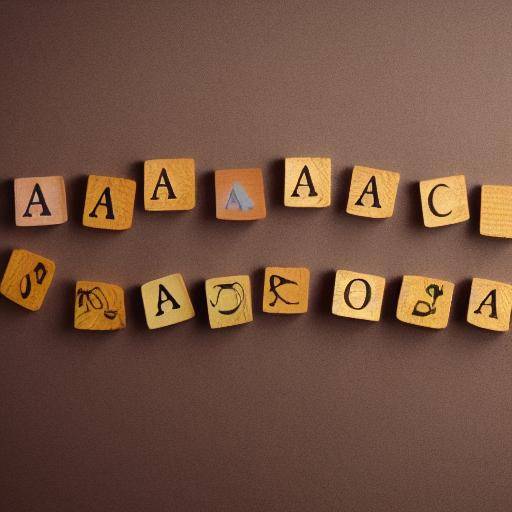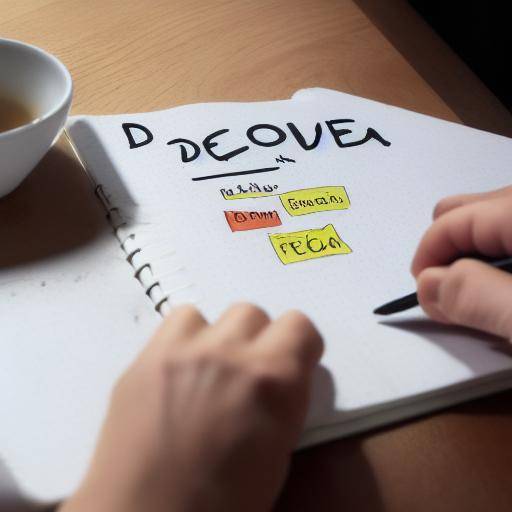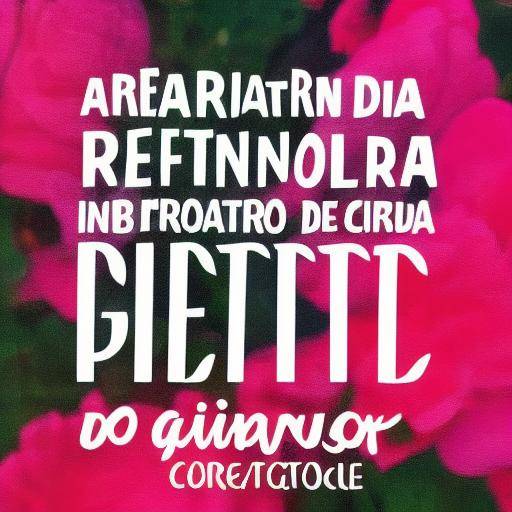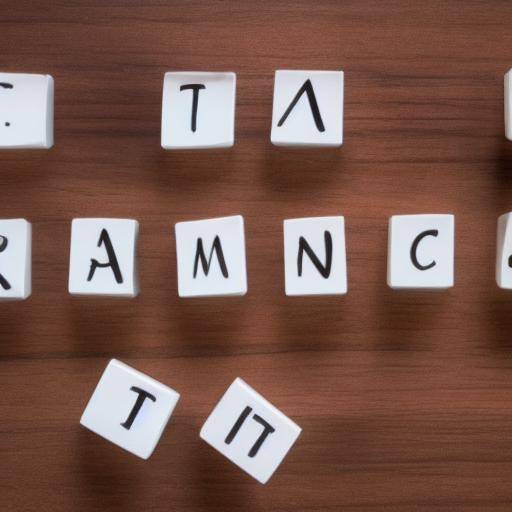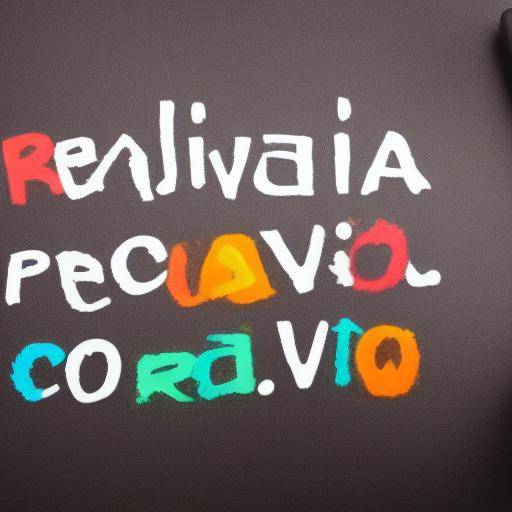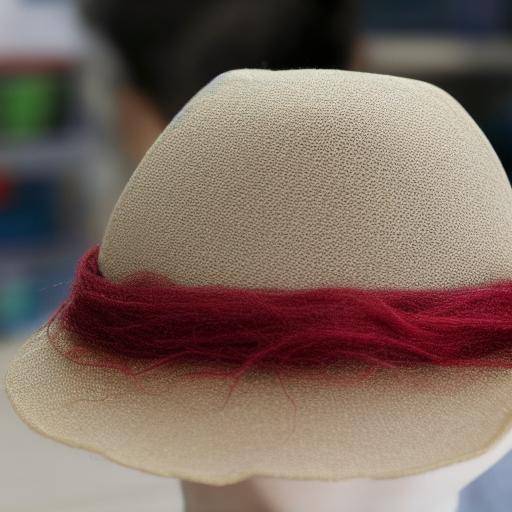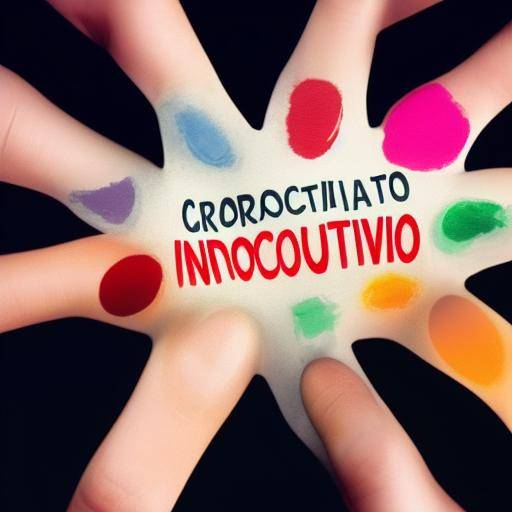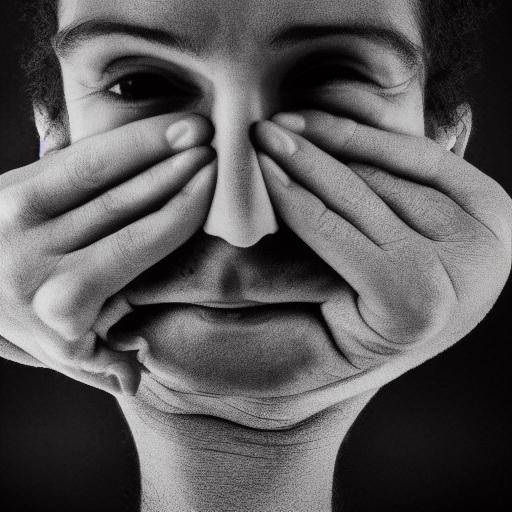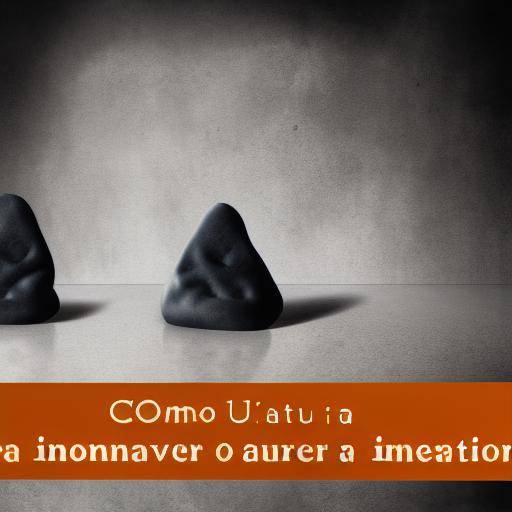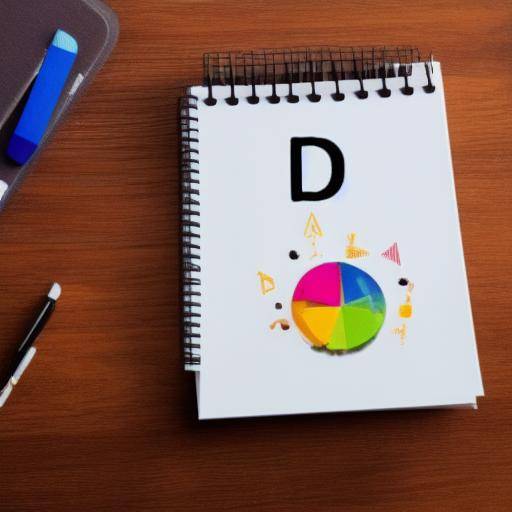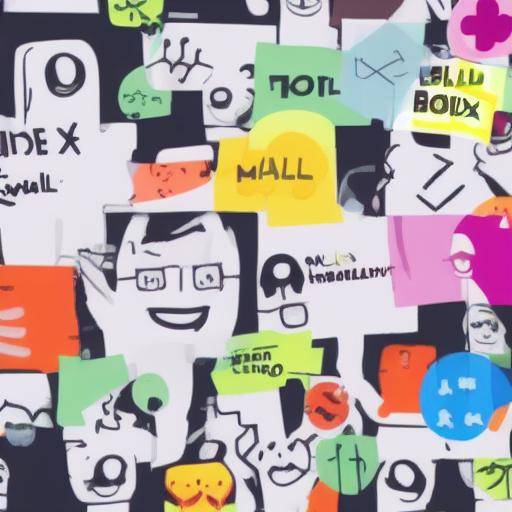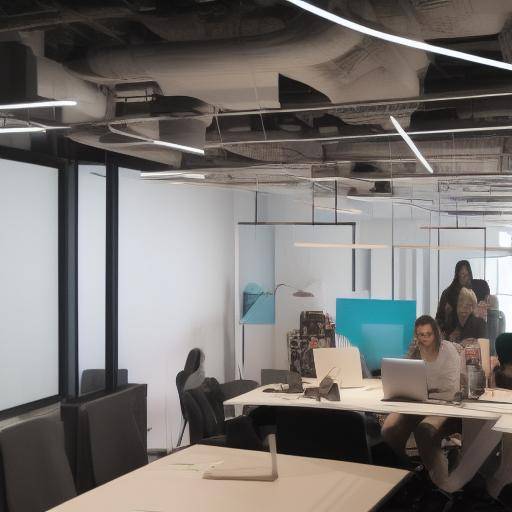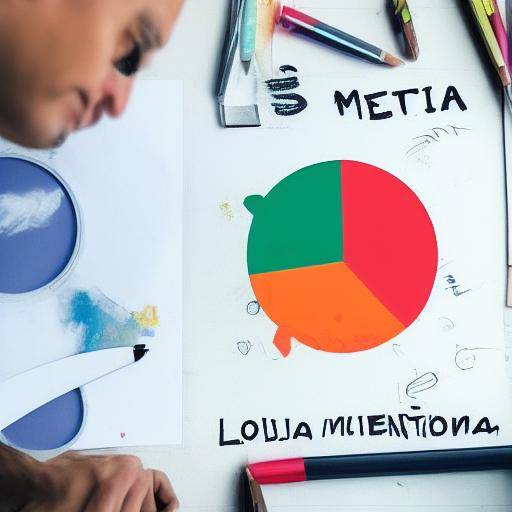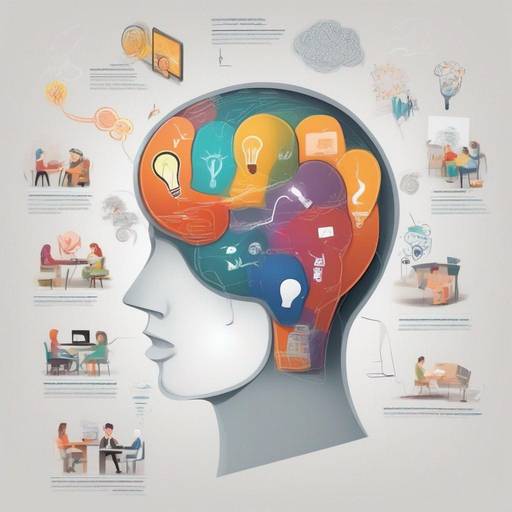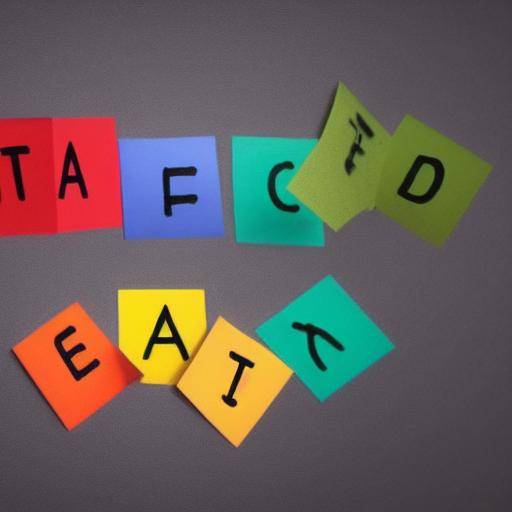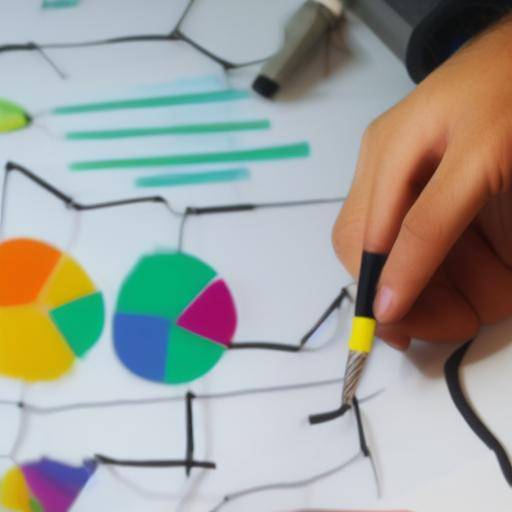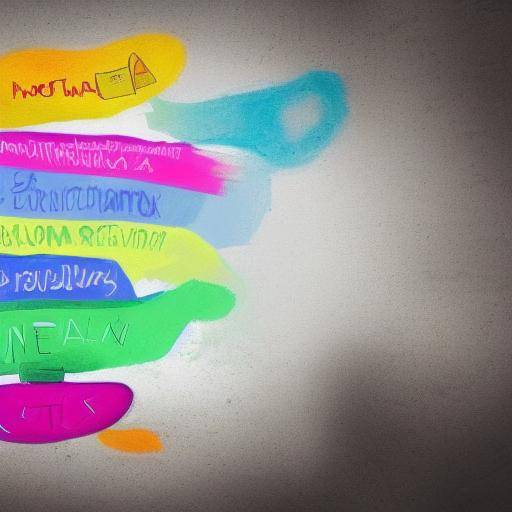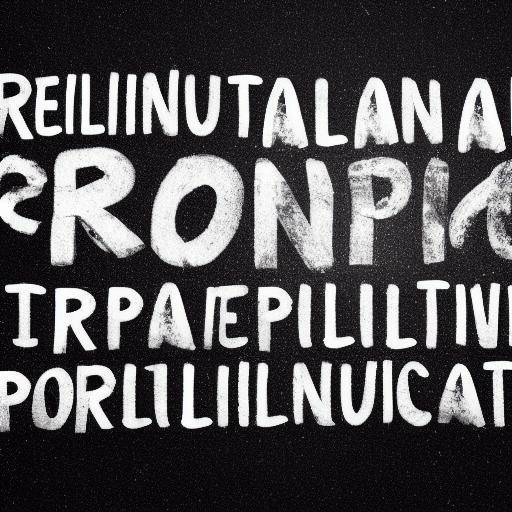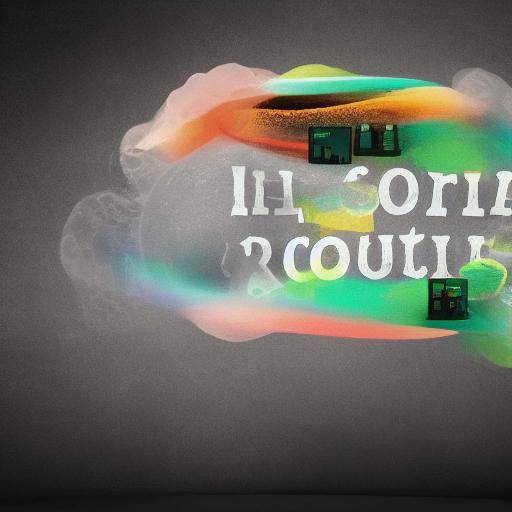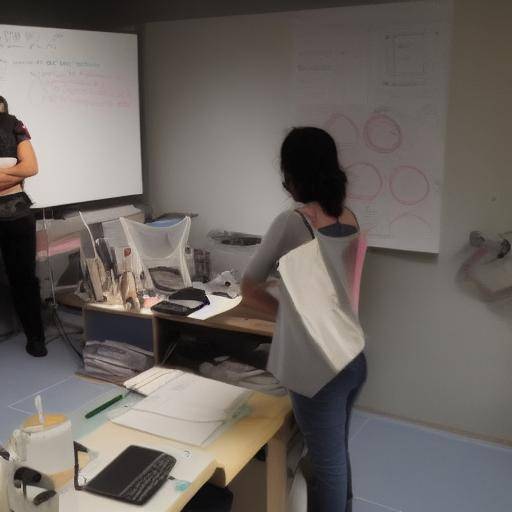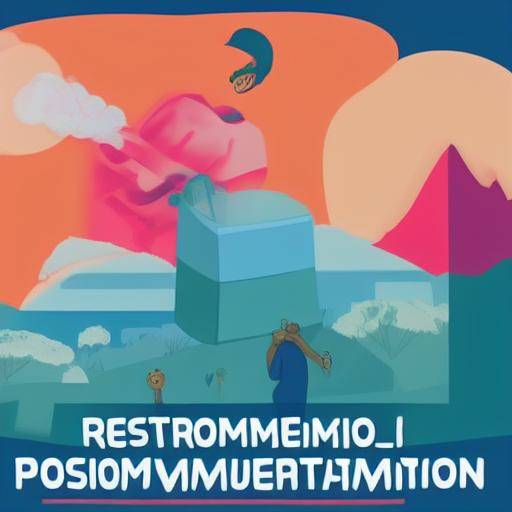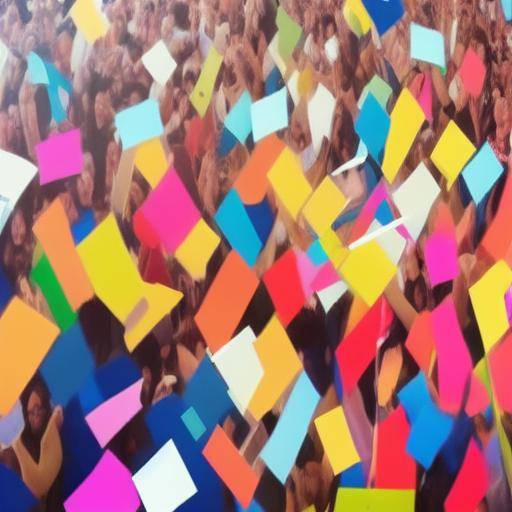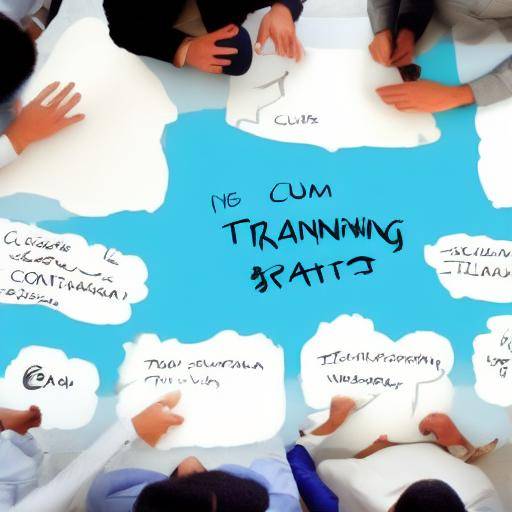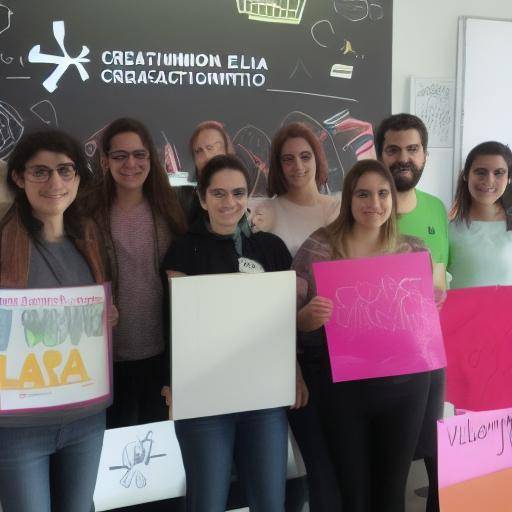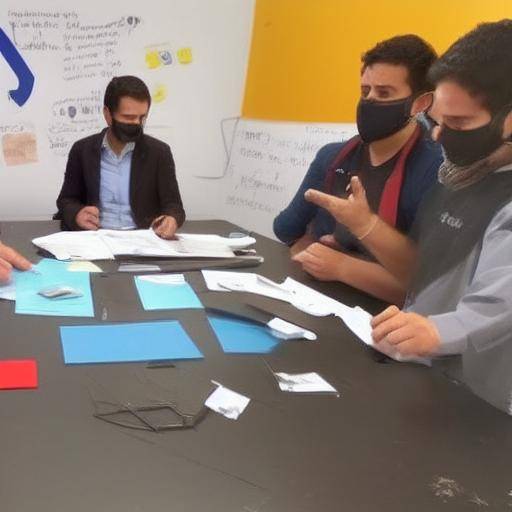
Introduction
Have you ever felt stuck trying to solve a creative problem? The technique of free association, used by creative celebrities such as Salvador Dalí and Sigmund Freud, is a powerful tool to unlock the mind and foster creativity. In this article, we will explore the foundations of free association, how it relates to creativity and problem solving, and how you can apply it in your daily life to face creative challenges with innovation and skill.
History and Background
The technique of free association, derived from psychology and art, has its roots in the pioneering work of Sigmund Freud in the late nineteenth century. Freud used it in his psychoanalytic practice to explore the subconscious of his patients. Later, this technique was adopted by avant-garde artists, such as surrealists, to promote unrestricted creative expression.
Free association has become a fundamental tool in psychotherapy and artistic expression, affecting divergent thinking and creativity in different disciplines. Artists like Salvador Dalí used it to create iconic surrealistic works, releasing their imagination without predefined limits.
The applications of this technique have been extended to fields such as advertising, design, creative writing and solving business problems. Its benefits for the generation of innovative ideas and the creative solution of problems have made it a valuable tool in the modern world.
Analysis in Deep
Benefits and Challenges
Free association not only releases repressed creativity, but also helps identify unique solutions to seemingly insoluble problems. However, it faces the challenge of not ensuring immediate results, as the partnership process often requires time and patience to develop meaningful connections.
Applications and Best Practices
The free association technique has become a key tool for innovation and troubleshooting teams in business environments. By fostering unrestricted creativity, it becomes a catalyst for the generation of disruptive ideas and solving complex challenges.
Comparative analysis
Free Association, Creativity and Problem Solution: Innovation Synonyms
Although free association is used as a psychological process, its application in problem solving and creativity shares significant similarities. The three concepts focus on exploring ideas and generating new solutions.
Practical Tips and Accessible Tips
- Keep an Open Mind: By using free association, avoid judging your ideas immediately. Allow yourself to explore without restrictions to discover innovative ideas.
- Cultivation of Curiosity: Curiosity is fundamental to trigger meaningful free associations. Find inspiration in unexpected places and keep your mind open to new connections.
Sector Information and Views of Experts
According to Michael J. Gelb, author of the best-seller "How to Think Like Leonardo da Vinci", "Free association is a fundamental pillar to unlock unlimited creativity and address challenges with a fresh and bold perspective."
Case Studies and Real Life Applications
Starbucks Case: The Free Partnership Technique in Product Innovation
Starbucks used the free association to boost its product innovation strategy. By fostering the free association between its teams, the company managed to develop revolutionary concepts, such as personalized drinks based on the individual tastes of customers.
Future Trends and Predictions
With the growing importance of innovation in business environments, the free association technique is expected to play a crucial role in generating creative solutions in the future. Their influence will expand to emerging fields such as artificial intelligence and sustainability, where innovative and disruptive solutions will be sought.
Conclusion
The free association technique offers a powerful approach to unlocking creativity and addressing challenges with an innovative mentality. Through its application in problem solving and the generation of creative ideas, this technique has proven to be invaluable in various contexts, from art to business innovation. By adopting an open mindset and exploring unexpected connections, we can leverage the unlimited potential of free association to face creative challenges with vigor and originality.
Frequently asked questions
1. How can I apply the free association technique in my daily life to solve problems creatively?
The free association can be applied through activities such as brainstorming without restrictions, free drawing, automatic writing or simply allowing you to freely explore ideas without prejudice. By opening your mind to unexpected connections, you can discover creative solutions to seemingly insoluble problems.
2. What are some examples of companies that have successfully used the free association technique for innovation?
In addition to Starbucks, companies such as Google, Apple and IDEO have incorporated free association into their innovation and design processes. These companies have managed to develop disruptive products and solutions by fostering creativity without predefined limitations.
3. Is the free association suitable for any kind of creative problem?
Free partnership is especially effective for problems that require innovative and uncommon solutions. However, its application may vary depending on the nature of the problem and the willingness of participants to explore ideas without restrictions.
4. Is free association compatible with other troubleshooting techniques?
Yes, free association can be complemented by techniques such as side thinking, design thinking and problem solving approach based on user experience to achieve more complex and diversified results.
5. Is free association useful only for creatives or is it also beneficial in business environments?
Free association is beneficial for both creative and business professionals. By freeing repressed creativity and fostering unrestricted exploration, this technique can inspire innovative solutions and revitalize creativity in a wide range of professional contexts.
6. Are there risks associated with the free association technique?
While free association can be powerful in the generation of ideas, it can also result in an overwhelming volume of concepts that require filtering and evaluation. However, in establishing a structured process to review and select ideas, these risks can be mitigated.
With this comprehensive understanding of free association, creativity and problem solving, you are equipped to face creative challenges with an open and exploratory mindset. By adopting this technique and its fundamental principles, you will open the doors to a world of creative possibilities and innovative solutions.



